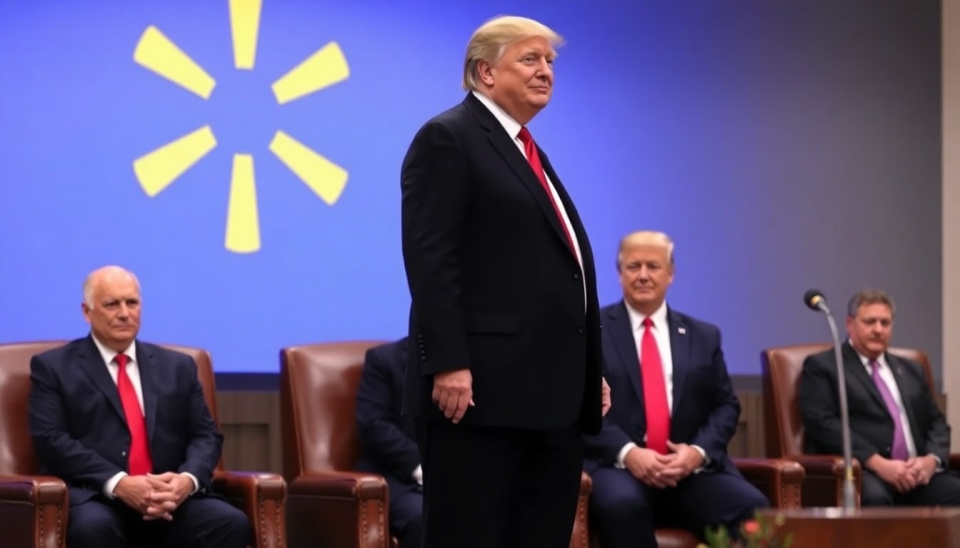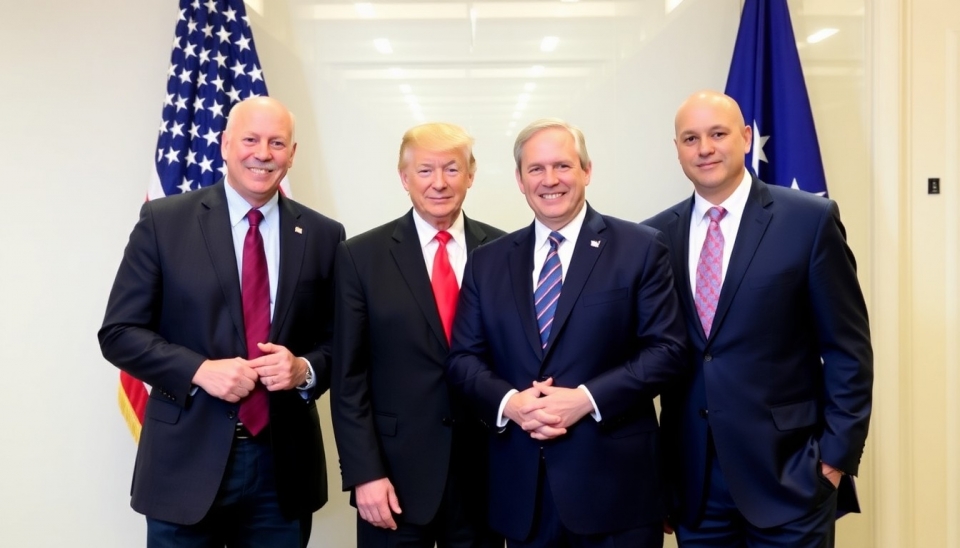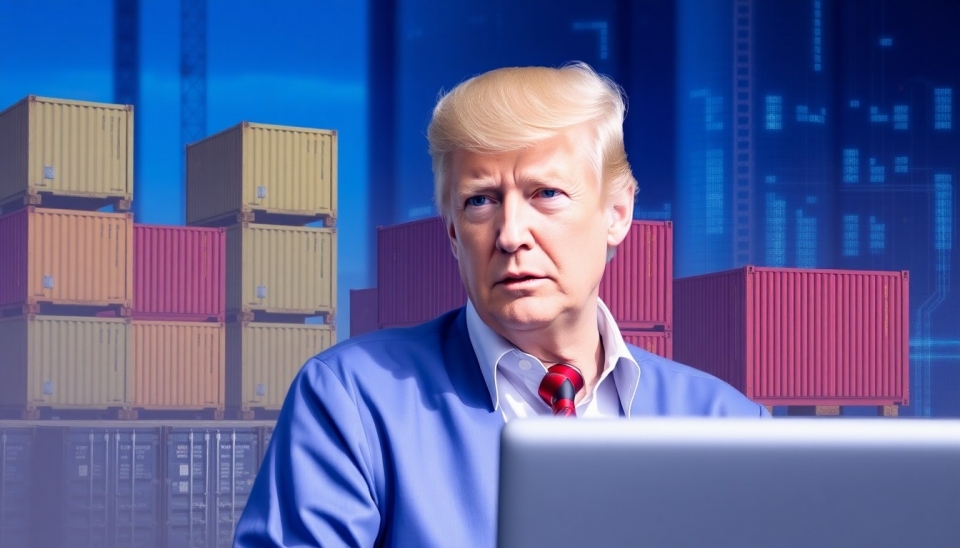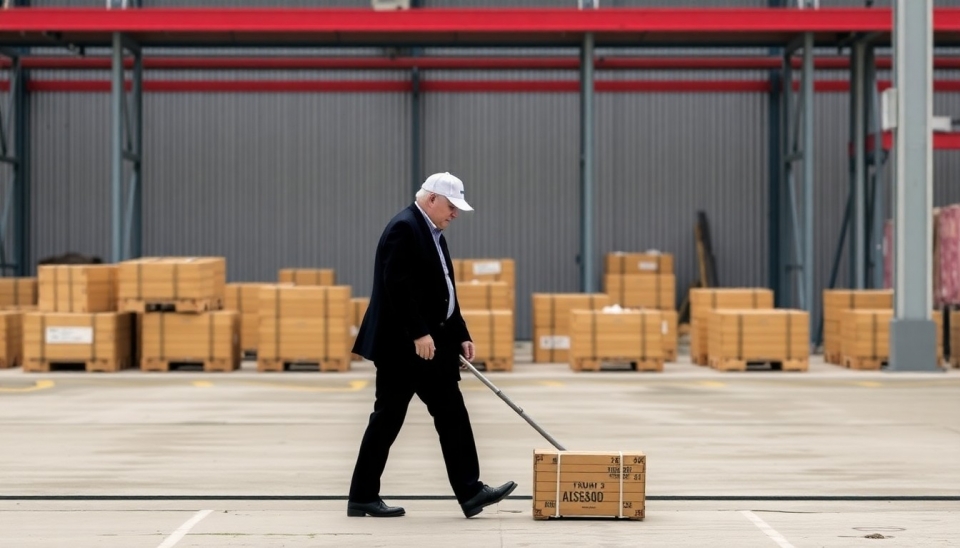Trump's Tariffs: A New 10% Baseline on Imports from Many Countries

Recently, President Donald Trump announced the implementation of a new baseline tariff of 10% on imports from many countries. This move is a response to the ongoing trade imbalance and the economic situation developing globally. According to Trump, this decision aims to protect American manufacturers and workers, who he claims are suffering from unfair competition from foreign companies.
The tariffs will be applied to a wide range of goods, including easily counterfeit products, which may lead to increased prices for consumers. Trump emphasized that such measures will help bring manufacturing capabilities back to the United States and create new jobs. Supporters of this decision argue that it will reduce reliance on foreign supplies and strengthen the domestic economy.
However, this decision has not gone without criticism. Economists warn of potential negative consequences, such as rising living costs for Americans. Some experts also highlight that the introduction of tariffs could lead to retaliatory measures from partner countries, further escalating tensions in international trade relations.
Despite these risks, Trump remains confident in the correctness of his choice. He continues to emphasize the need to combat those who use unfair trade practices to gain competitive advantages over the U.S.
An important aspect of the new trade course is that the tariffs may be reviewed or canceled depending on the reactions of foreign governments. This gives hope that the world can resolve its trade disagreements without resorting to harsher measures. Trump urged other countries to enter negotiations and find mutually beneficial solutions.
In light of this situation, experts and business leaders are closely watching developments, as the results of the tariff implementation could significantly alter the landscape of the global economy.




